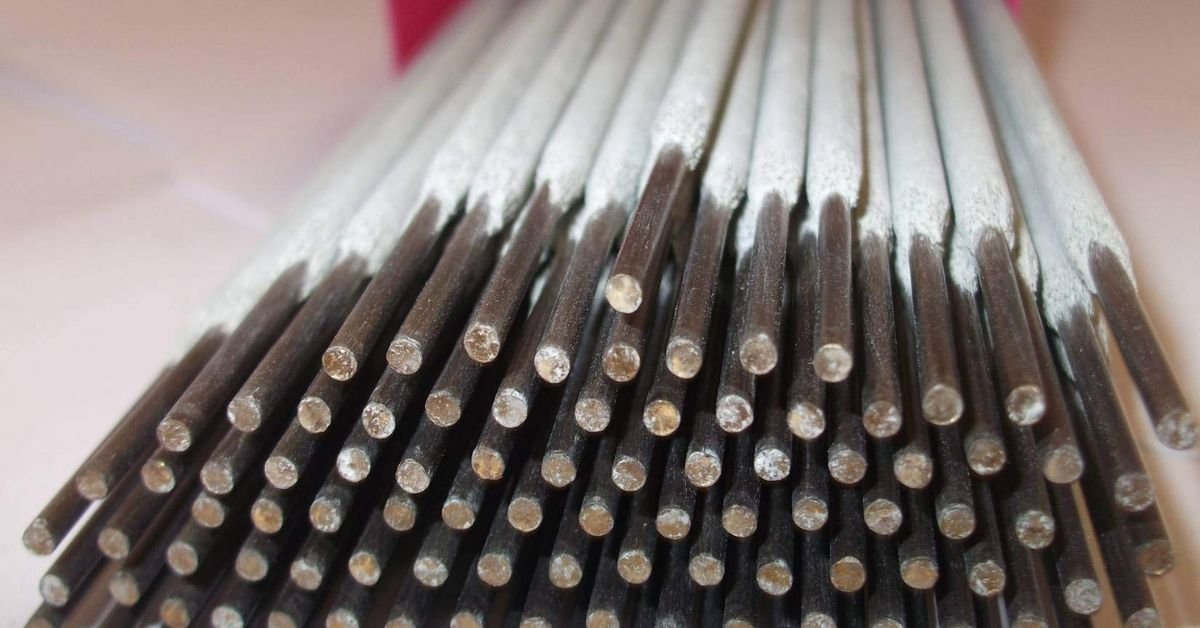What Welding Rods To Use
Welding is a versatile and indispensable skill used in various industries, from construction and manufacturing to automotive and aerospace. As a welder, selecting the appropriate welding rods is crucial for achieving strong, reliable, and aesthetically pleasing welds. With numerous options available, it can be overwhelming to determine which welding rod is best suited for your specific project. In this blog post, we will delve into the different types of welding rods, their characteristics, and the applications they are best suited for, helping you make an informed decision for your welding needs.
- Understanding Welding Rods:
Welding rods, also known as welding electrodes, are consumable electrodes used to create an electric arc that generates the heat required to melt metals together. These rods come in various materials and classifications, each designed to cater to different welding processes and base metals.
- Types of Welding Rods:
a. Mild Steel Electrodes (E6010, E6011, E6013):
- These are the most commonly used welding rods, ideal for welding mild steel and low-alloy steel.
- E6010: Best suited for deep penetration and ideal for pipe welding or thick metal sections.
- E6011: Easy to use and suitable for all-position welding with excellent arc stability.
- E6013: A versatile choice, suitable for general-purpose welding in any position.
b. Stainless Steel Electrodes (E308, E309, E316):
- Designed for welding stainless steel and high-alloy steels.
- E308: Used for welding 18-8 stainless steels and similar alloys.
- E309: Suitable for welding dissimilar metals, such as stainless steel to carbon steel.
- E316: Recommended for high-corrosion resistance in marine environments.
c. Cast Iron Electrodes (E7018, E7024):
- Cast iron welding requires specialized electrodes due to its high carbon content.
- E7018: Offers high tensile strength and is ideal for both joining and repairing cast iron.
- E7024: Used for heavier castings or when the weld must be done in a single pass.
d. Aluminum Electrodes (E4043, E5356):
- Specifically designed for welding aluminum and aluminum alloys.
- E4043: Suitable for general-purpose welding of aluminum with good fluidity and corrosion resistance.
- E5356: Ideal for welding aluminum alloys with a higher tensile strength requirement.
- Factors to Consider:
a. Base Metal: Identify the type of metal you are working with to choose the appropriate welding rod. Matching the base metal with the correct electrode ensures a strong and durable weld.
b. Welding Position: Some electrodes are better suited for certain welding positions, such as flat, horizontal, vertical, or overhead welding.
c. Skill Level: Beginners might find certain electrodes easier to use, while more experienced welders can handle a broader range of rods.
d. Welding Environment: Consider the conditions you’ll be welding in, such as outdoor or indoor, windy, or confined spaces. Some electrodes are more forgiving in adverse conditions.
- Conclusion:
Selecting the right welding rod is pivotal for achieving high-quality and long-lasting welds. Understanding the various types of welding rods, their applications, and how they interact with different metals will empower you to make informed decisions in your welding projects. Remember to consider the base metal, welding position, skill level, and welding environment when choosing the best welding rod for the job. With the right welding rod in hand, you can confidently embark on your welding endeavour, knowing that your welds will be both strong and precise. Happy welding!

